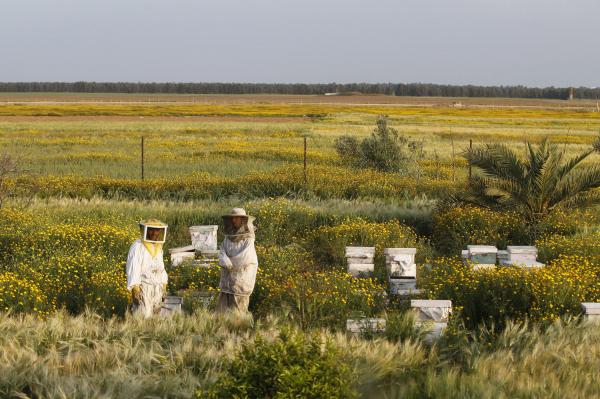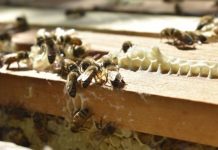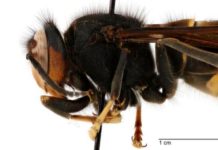
BRISBANE, Australia, Nov. 30 (UPI) — The fight to protect bees, vital pollinators, is an important one. But scientists say there are other insects whose pollination assistance is nearly as important, yes much less appreciated.
In a recent survey, researchers at the University of Queensland analyzed the findings of 39 field studies to determine the role flies, ants, butterflies, moths and other species play in pollination. The synthesized studies comprised 1,739 field plant crops studies spanning five continents.
The results proved bees get a lot of help — help scientists say isn’t well appreciated by farmers.
“We are trying to get the message out there to use scientific findings such as these to promote a change in agricultural practices,” Margie Mayfield, a plant ecologist at Queensland, said in a press release.
Mayfield and her colleagues say the vulnerability of world bee populations make the stakes for protecting other pollinators even higher.
“The global reliance on honeybees for pollination is a risky strategy given the threats to the health of managed honeybee populations due to pests and diseases such as Varroa mites and colony collapse disorder,” Mayfield said. “Non-bee insects are an insurance against bee population declines.”
In analyzing the field data, researchers found non-bee pollinators were responsible for between 25 and 50 percent of flower visits. Though these insects aren’t as efficient at pollination, they make up for it with extra visits.
“Fruit set in crops increased with non-bee insect visits, independently of bee visitation rates, indicating that non-bee insects provide a unique benefit not provided by bees,” Mayfield explained. “We also found that non-bee pollinators were less sensitive to habitat fragmentation than bees.”
The findings, published in the journal PNAS, are a reminder to farmers that pesticides safe for bees but not for flies, ants and other insects may be harmful to the overall pollination process.




